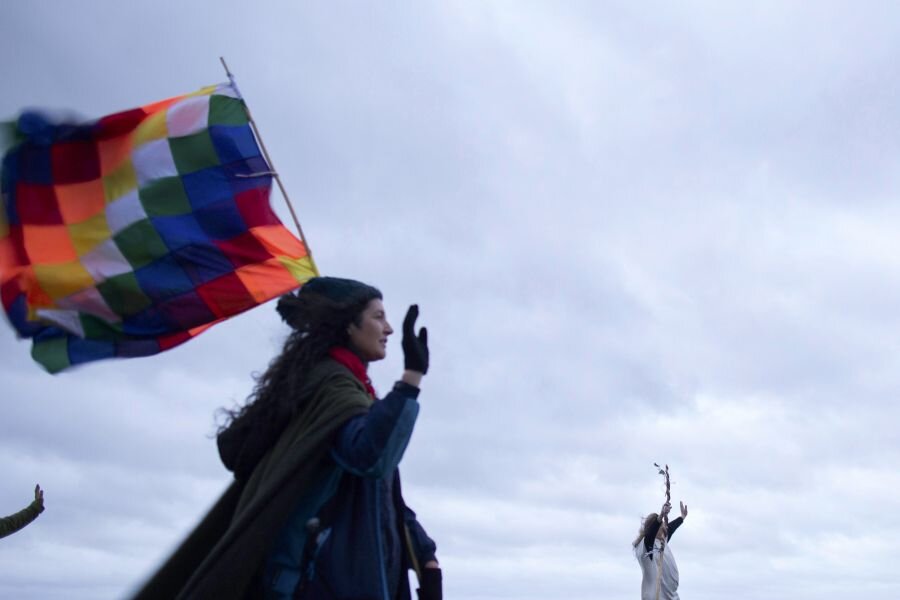Stonehenge bigwigs included women, study suggests
Loading...
Many of Stonehenge's high-status leaders were female, new research suggests, based on excavations of some of the millennia-old monument's oldest graves.
"In almost every depiction of Stonehenge by artists and TV re-enactors we see lots of men, a man in charge, and few or no women," British archaeologist Mike Pitts told Discovery News.
But those assumptions may be inaccurate, according to an article published in the March/April issue of British Archaeology, which Mr. Pitts edits.
University College London (UCL) archaeologist Christie Willis pored over 99 pounds of cremated remains from the Stonehenge's Aubrey Holes, which were re-excavated in 2008 after being indelicately unearthed and reburied in the 1930s: researchers at the time realized they would have needed require more advanced technology to make much sense of the bone fragments.
Ms. Willis, a graduate student who specializes in Neolithic remains, used CT scanning and radiocarbon dating to determine the age and sex of people buried in Aubrey Hole 7, one of 56 pits among the oldest features at Stonehenge, which encircle the main ring of stones. The iconic monoliths that the word "Stonehenge" immediately brings to mind were likely erected around 2500 B.C., but the Salisbury Plain was home to a number of sites with seeming religious or political significance, beginning around 3100 B.C.
Willis' analysis identified at least 23 cremated bodies, including 14 women and 9 men — a reversal of other excavated Neolithic burial sites, where men tend to outnumber women. Their cremated remains were likely buried in the hole between 3090 and 2900 B.C. About 64 cremations are believed to be in the other Aubrey Holes, according to English Heritage, which directs preservation and education programs at Stonehenge.
"Anyone buried at Stonehenge is likely to have been special in some way: high status families, possessors of special skills or knowledge, ritual or political leaders," Mr. Pitts told Discovery. The idea that those buried enjoyed high status is supported by the individuals' apparent good health and relative old age.
Previous burial excavations around the Stonehenge site have also challenged researchers' earlier assumptions that most burials would be for male leaders.
UCL Professor Mike Parker Pearson, who supervises Willis' work, led a team who found the remains of 63 elite men, women and children in 2013; they believe the families were buried around 3000 B.C. "We'd thought that maybe it was a place where a dynasty of kings was buried, but this seemed to be much more of a community, a different kind of power structure," Dr. Parker Pearson told the Associated Press.
Willis' latest findings could indicate a shift from commemorating male lineage and territory to families and classes, Pitts said. But the more egalitarian gains may have been short-lived. According to Willis, women's status in Neolithic society took a turn for the worse shortly after these burial sites were created.






